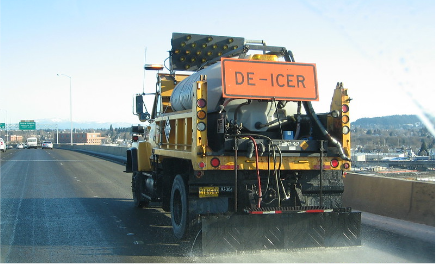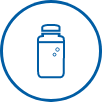Water samples are collected just below the stream surface to measure water chemistry and determine if toxins are present. Bacteria samples are also collected near the stream bank, where people are likely to be exposed while swimming or fishing. All samples are sent to laboratories for analysis.
How are these data used?
Water samples are used to collect data for four chemical and two human health indicators.

Salinity is a measure of the amount of salt in water. Salts can be toxic to freshwater plants and animals and make water unsafe for drinking, irrigation and watering livestock. Excess salinity can occur where evaporation is high, when water is repeatedly reused for irrigation, or when road salt or wastewater is present.
Where are salinity samples collected?
at the midpoint of the
sample reach.

To learn more, see the
NRSA Field Operations Manual.




